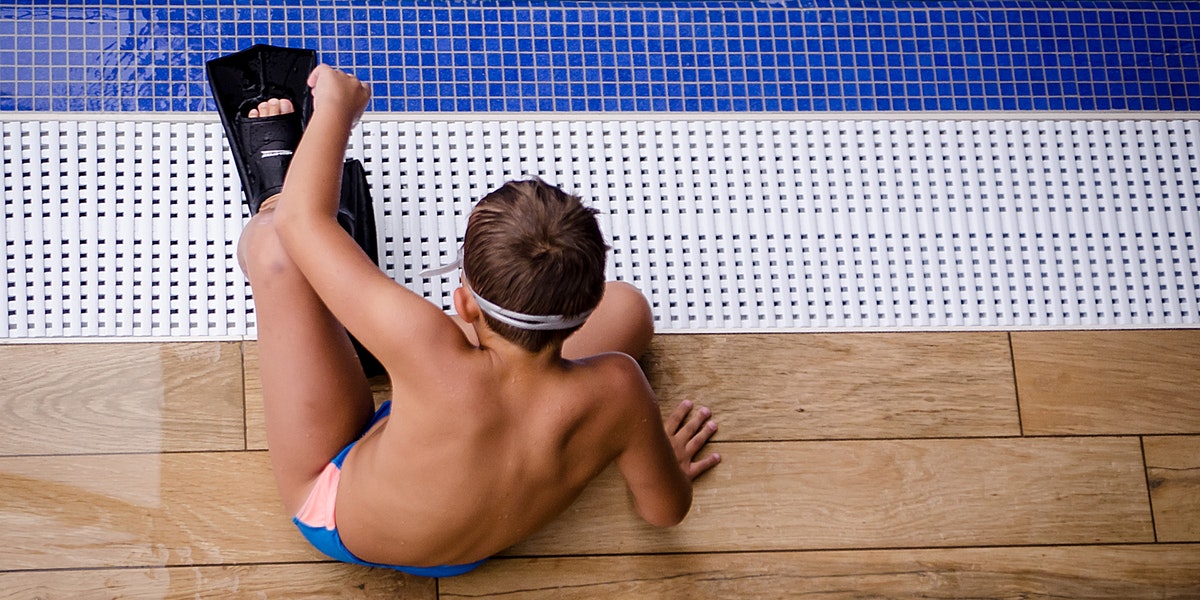One of the most popular activities during the summer is swimming! Gathering with friends and family, burning some calories and soaking in the sun are just what’s needed during the summer months. But what happens if your child has head lice – can they still go swimming? Or is this an activity you should avoid?
Let’s learn more about head lice, whether or not they can survive in chlorine and what precautions you need to take, if any.
Can Head Lice Survive in Chlorine?
Chlorine is strong enough to kill germs and bacteria, so one might assume that head lice wouldn’t stand a chance. But chlorine has no effect on head lice and nits. These pests are hardy and can withstand chlorine-treated water with no problem. To survive, head lice can hold their breath for several hours. This is why lice don’t go away after a shower.
In fact, one study showed that head lice were temporarily immobilized after being submerged in chlorinated water for 20 minutes, but were able to make a full recovery in less than a minute after being taken out of the water. Bottom line: Chlorine-treated water is no match for head lice.
Is it Safe to Swim While Having Head Lice?
Yes, you can take your child swimming even if they have head lice. The chances of them transmitting head lice to another child are extremely small. That being said, we recommend tying back your child’s hair and treating them before going to a public place. Once you know that they have head lice, you should treat them with a nontoxic lice treatment product.
Everyone else in your household should be checked for head lice as well. Do not use any head lice removal products on those who do not have lice. These products are not designed to be used as prevention products. If you want to prevent head lice, use this lice spray. It’s safe for everyday use!
Can My Child Get Lice from Swimming?
If you discover that your child has head lice, they most likely did not pick it up from the swimming pool. Even though head lice can survive a swim, they are unlikely to move from person to person. To survive, the lice hold tightly onto the hair and don’t move in the water.
However, sharing beach towels, taking selfies and doing other activities can spread head lice. More than 90 percent of cases are transferred from close contact, so this is where you’re more likely to get lice. When going to the pool, send your child with their own towel, swim goggles, sun hat and hair brush.
Now that you know a bit more about head lice and your risk for catching or spreading them at the pool, you can swim a bit easier this summer!




